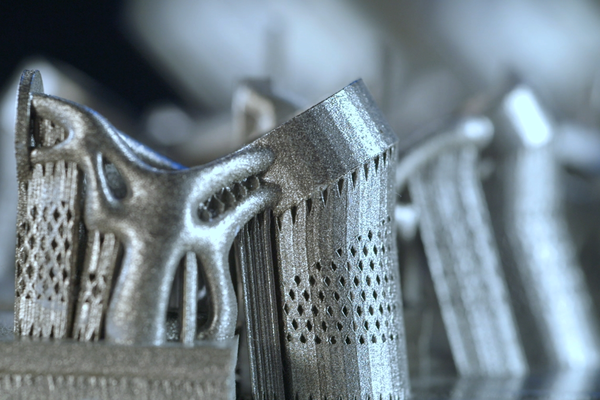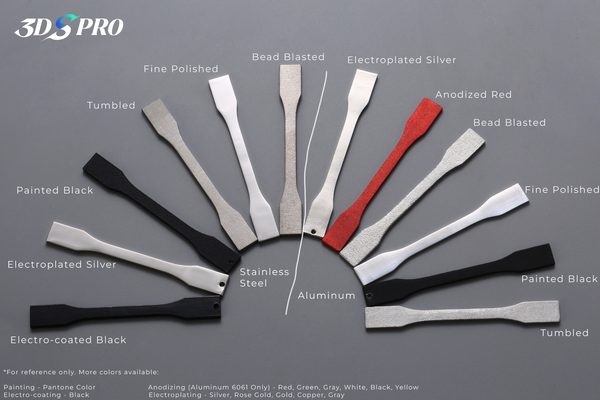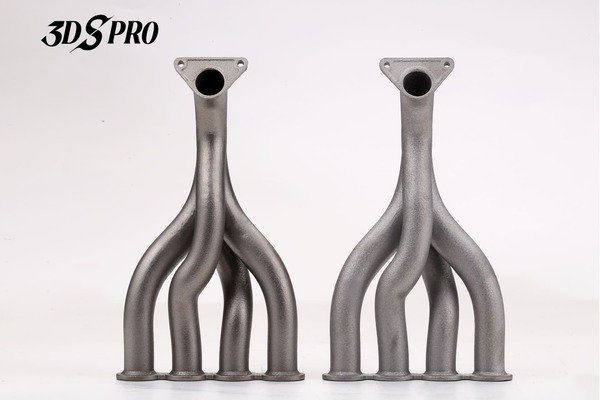What is Selective Laser Melting in 3D printing?
Selective laser melting (SLM) is a metal additive manufacturing (AM) technology that uses a high-power laser beam to melt [1] and fuse metallic powders, layer by layer, to form solid 3D parts. SLM is also known as direct metal laser sintering (DMLS). However, this is a misleading term because the process fully melts the metal into a solid homogeneous mass, unlike selective laser sintering (SLS), which is a true sintering process. [2]
The history of selective laser melting (SLM) can be traced back to 1995, when the Fraunhofer Institute ILT in Aachen, Germany, initiated a research project on this metal additive manufacturing (AM) technology. [3]
The ASTM International F42 standards committee has grouped [4] SLM into "powder bed fusion" (PBF), a generic term for AM technologies that use a powder bed and a heat source to create 3D parts. SLM 3D printing is one of the most advanced and widely used metal AM technologies, as it can produce fully dense, durable, and complex metal parts that work well as functional prototypes or end-use production parts. SLM is a revolutionary technology with many applications in various industries, such as aerospace, automotive, medical, dental, and energy.
In the next part, we will explain how SLM works and the main steps involved in the process.

How does Selective Laser Melting work?
The selective laser melting (SLM) process consists of six main steps:
1. Design: The first step is to design the 3D model of the part using computer-aided design (CAD) software. The 3D model is then converted into a standard tessellation language (STL) file, which contains the geometric information of the part in a series of triangles.
2. Slicing: The second step is to slice the STL file into thin horizontal layers using slicing software. Each layer represents a cross-section of the part that will be printed. The slicing software also generates the toolpaths for the laser beam to follow on each layer.
3. Printing: The third step is to print the part using a SLM machine. A SLM machine consists of four main components: a powder bed, a powder delivery system, a laser source, and a scanning system:
● The powder bed is a flat platform where the part is built. It is surrounded by a chamber filled with inert gas, such as argon or nitrogen, to prevent oxidation and contamination of the metal powder.
● The powder delivery system consists of a powder reservoir and a recoater blade. The powder reservoir stores the metal powder, which is typically spherical and has a 10 to 50-micrometer diameter. The recoater blade spreads a thin layer of powder over the powder bed before each layer is printed.
● The laser source is a high-power fiber laser that emits a focused beam of light with a wavelength of 800 to 1100 nanometers. The laser beam can reach temperatures up to 2500°C, enough to melt the metal powder.
●The scanning system consists of a pair of galvanometer mirrors that deflect the laser beam according to the toolpaths generated by the slicing software. The scanning system can move the laser beam at up to 10 meters per second, covering the entire cross-section of the part.
Note: The printing process starts by lowering the powder bed by one layer thickness, typically 20 to 100 micrometers. The recoater blade then spreads a new layer of powder over the powder bed. The laser beam then scans the cross-section of the part, melting and fusing the powder particles. The process is repeated until the entire part is printed.
4. Cooling: The fourth step is to cool the part inside the machine. The cooling process can take several hours, depending on the size and geometry of the part. The cooling process is important to avoid thermal stresses and distortions that could compromise the quality and accuracy of the part.
5. Removal: The fifth step is to remove the part from the machine. The part is usually attached to a base plate, which is also made of metal powder. The part is separated from the base plate using a wire electrical discharge machining (EDM) or a band saw. The excess powder surrounding the part is also removed using a brush or a blast of air. The excess powder can be recycled and reused for future prints.
6. Post-processing: The sixth step is to post-process the part to improve its surface finish, mechanical properties, and dimensional accuracy. The post-processing methods can include heat treatment, tumbling, machining, polishing, and coating. The post-processing methods depend on the part's material, application, and specifications.
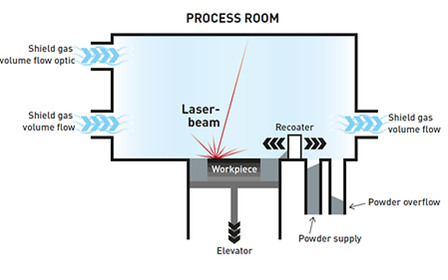
Image Source: AM Material
Selective Laser Melting Materials
SLM metal 3D printing can process a variety of alloys, including aluminum, titanium, stainless steel, nickel, cobalt, and copper.
Common Types of SLM 3D Printing Materials
1. Aluminum Alloys
Aluminum alloys are lightweight, corrosion-resistant, and thermally conductive materials with applications in aerospace, automotive, and biomedical industries. Some of the aluminum alloys that SLM can process are AlSi10Mg, AlSi12, AlSi7Mg, and AlSi9Cu3.
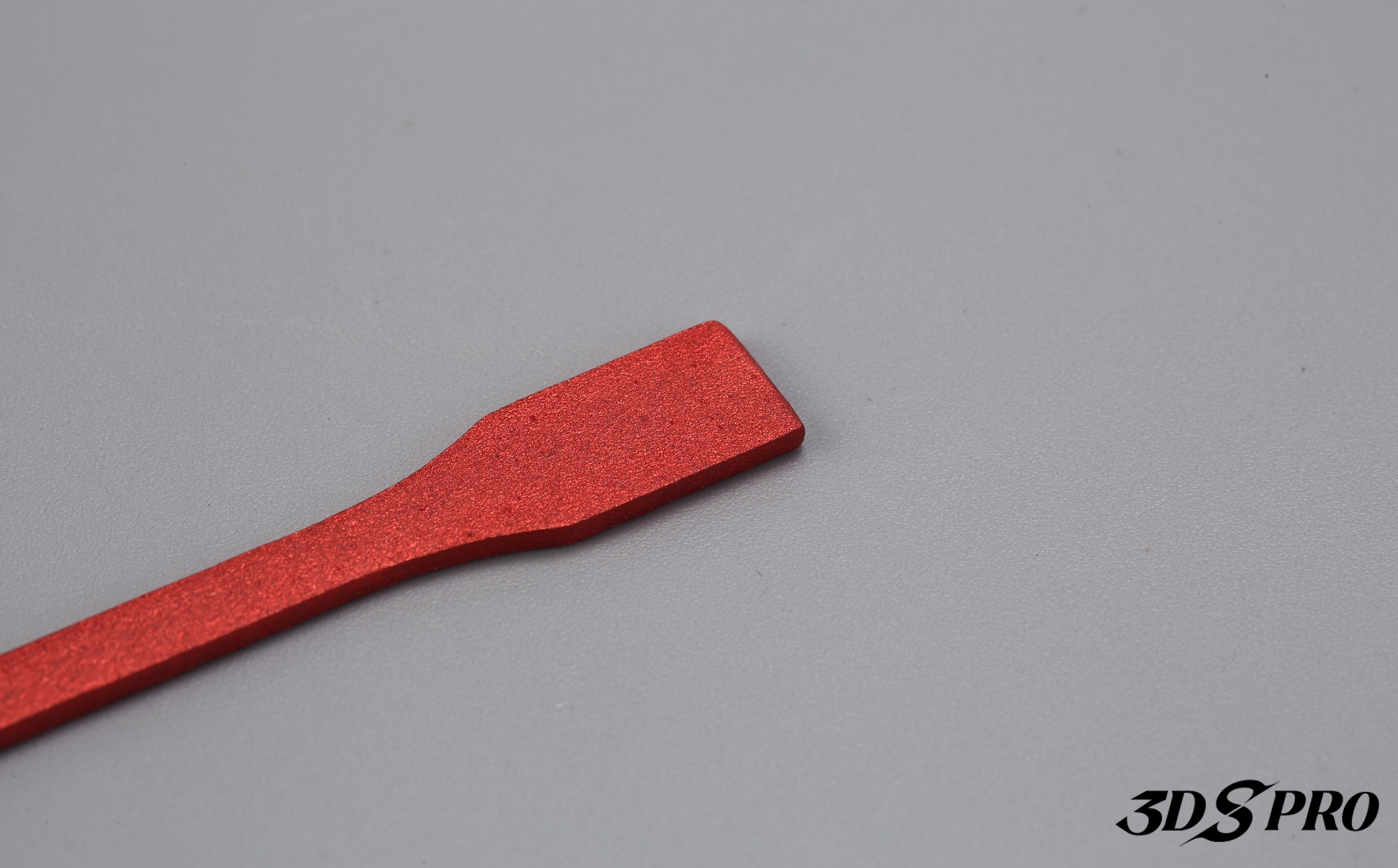
Anodized SLM Printed Aluminum Part
2. Titanium Alloys
Titanium alloys are biocompatible, high-strength, and low-density materials with applications in the medical, dental, and aerospace industries. SLM can process some titanium alloys, such as Ti6Al4V, Ti6Al7Nb, TiAl6V4, TiAl6Nb7, and Ti64.
3. Stainless Steel Alloys
Stainless steel alloys are corrosion-resistant, wear-resistant, and ductile materials with applications in chemical, food, and marine industries. Some of the stainless steel alloys that SLM can process are 316L, 17-4 PH, 15-5 PH, 304L, and 420.
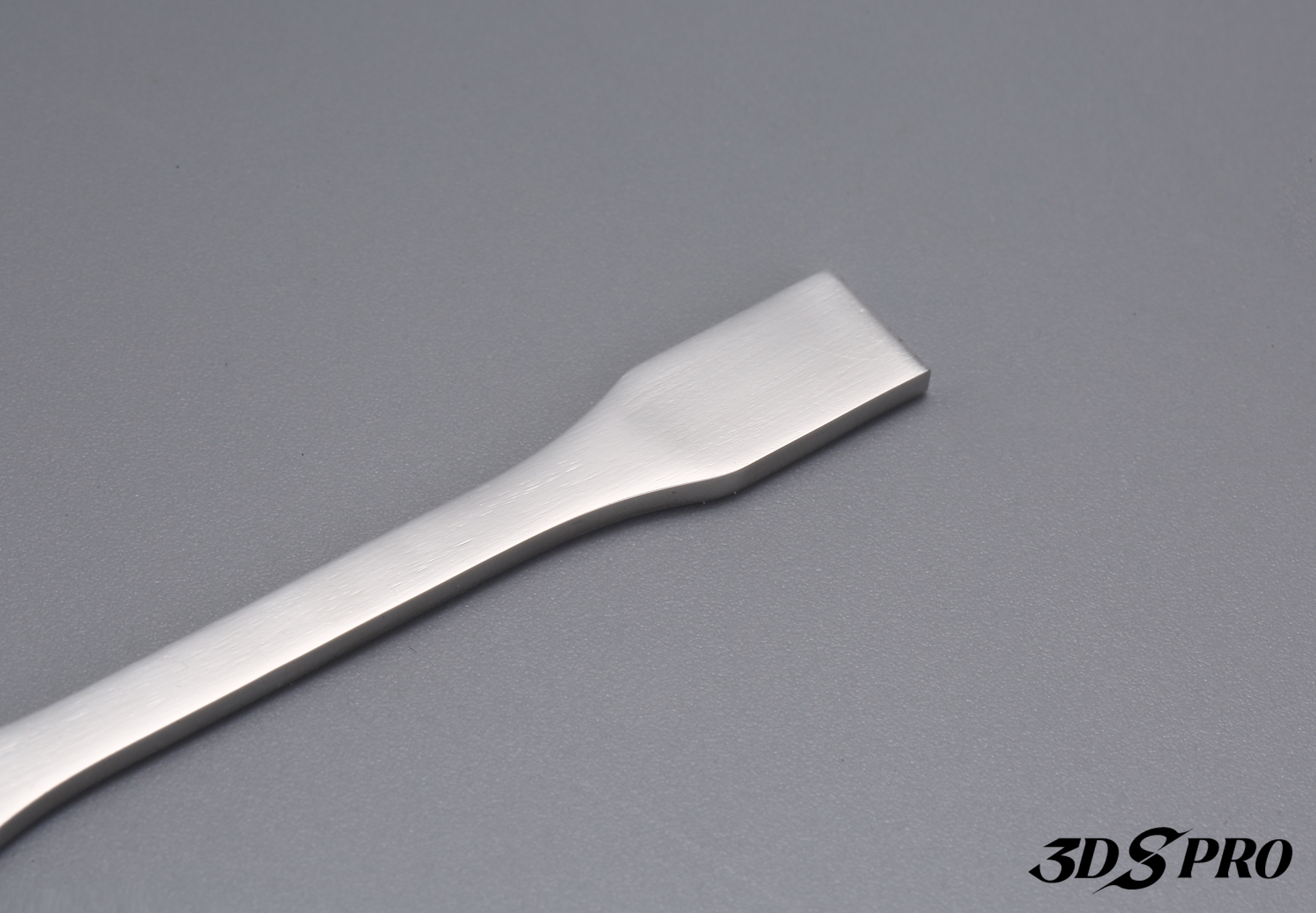
Fine Polished Stainless Steel Part
4. Nickel Alloys
Nickel alloys are high-temperature, high-strength, and oxidation-resistant materials that have applications in energy, nuclear, and aerospace industries. SLM can process nickel alloys: Inconel 625, Inconel 718, Hastelloy X, and Rene 80.
5. Cobalt Alloys
Cobalt alloys are biocompatible, wear-resistant, and high-temperature materials with applications in medical, dental, and aerospace industries. Some of the cobalt alloys that SLM can process are CoCrMo, CoCrW, and CoCr.
6. Copper Alloys
Copper alloys are electrically and thermally conductive, ductile, and antimicrobial materials with applications in electrical, electronic, and heat transfer industries. Some copper alloys that SLM can process are CuCrZr, CuNi2SiCr, CuSn10, and CuZn.
Tips to Choose the SLM Materials
1. Melting point: The material should have a suitable melting point that the laser beam can reach without causing excessive evaporation, oxidation, or pwder spattering.
2. Thermal conductivity: The material should have a low thermal conductivity to minimize heat loss and thermal gradients during the melting and solidification, which reduce residual stresses, distortions, and cracks in the part.
3. Powder characteristics: The material should have a spherical and uniform powder morphology with a narrow particle size distribution, improving powder flowability, packing density, and laser absorption.
4. Mechanical properties: The material should be strong, hard, ductile, and fatigue-resistant to withstand the loading and environmental conditions of the intended application.
5. Chemical composition: The material should have a stable and homogeneous chemical composition that does not change significantly during the SLM process, which prevents segregation, precipitation, and contamination of the part.
Applications of SLM 3D Printing
Some industries already use SLM to create strong, durable, and functional parts.
● Aerospace: SLM can produce parts for aircraft engines, turbines, rockets, satellites, and drones, such as blades, nozzles, injectors, brackets, and casings.
● Automotive: SLM can produce parts for cars, motorcycles, and trucks, such as pistons, gears, valves, manifolds, and chassis.
● Medical: SLM can produce parts for medical and dental applications, such as implants, prosthetics, surgical instruments, and orthodontic devices.
● Energy: SLM can produce parts for energy generation and storage applications, such as wind turbines, solar panels, fuel cells, and batteries.
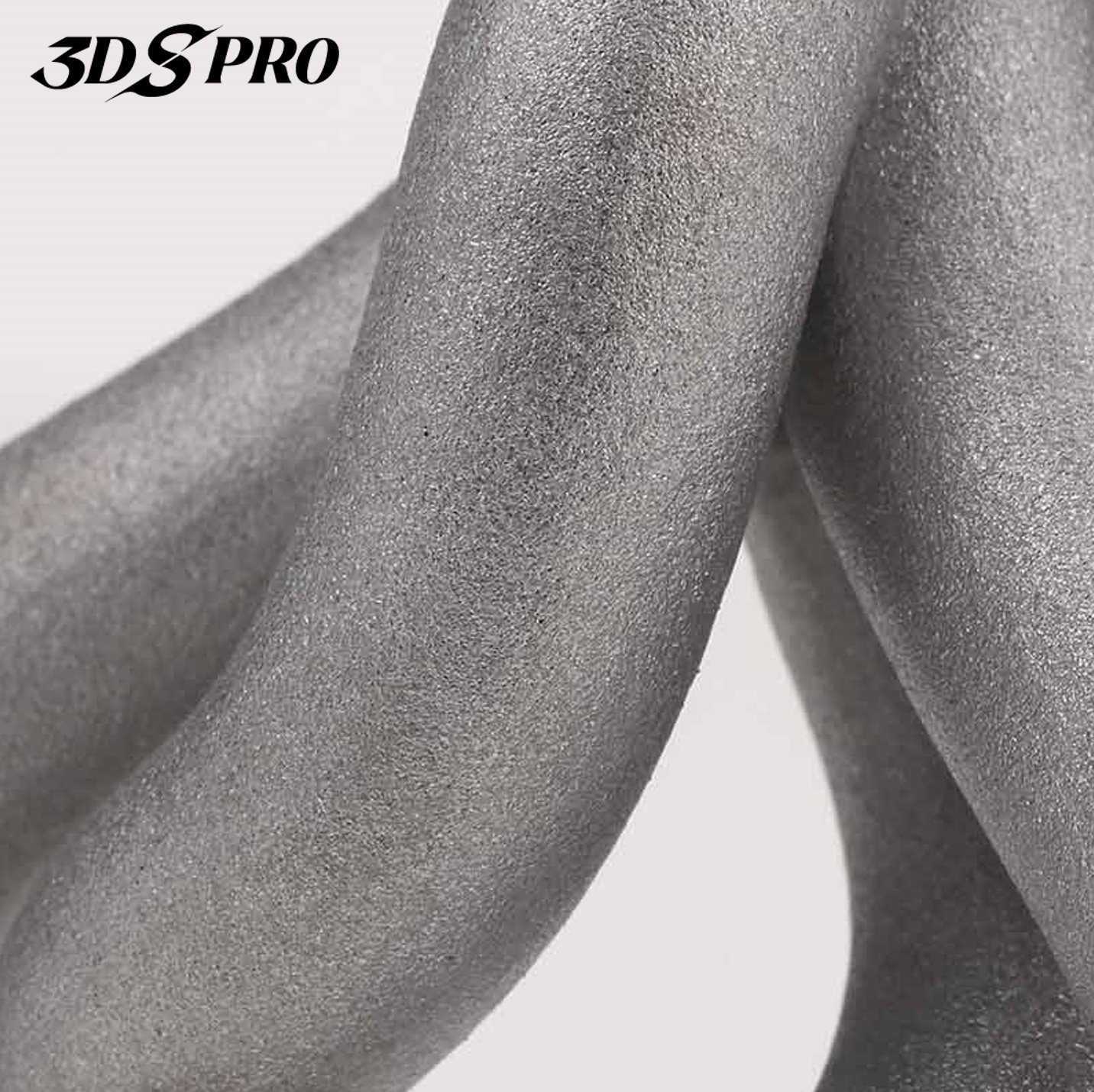
3DSPRO SLM Printed Aluminum Alloy AlSi₁₀Mg Tube Detail
SLM 3D Printing Pros and Cons
Pros
● High quality: SLM produces parts with high density, strength, hardness, and accuracy, as well as excellent surface finish and dimensional stability. It can also create parts with complex and fine features that are difficult or impossible to achieve by other methods.
● High performance: SLM creates parts with customized and functional properties, such as thermal, electrical, or mechanical properties, by using different materials and alloys or by creating graded or composite structures.
● High flexibility: SLM creates parts with any shape, size, and geometry according to the design and specifications of customers or applications. SLM can also create parts with internal cavities, channels, and lattice structures that optimize the functionality and aesthetics of the parts.
● High sustainability: SLM can reduce the material consumption, energy consumption, and environmental impact of the parts by using less material, less waste, and less emissions. SLM can also recycle and reuse the excess powder for future prints and repair and refurbish the damaged or worn parts.
Cons
● High cost: SLM is a relatively expensive technology, as it requires a high initial investment, high operating costs, and high maintenance costs. It also requires costly and scarce high-quality and high-purity metal powders. SLM is not suitable for mass production, as it has low production speed and low production volume.
● High complexity: SLM is a complex and challenging technology that requires high expertise, precision, and control. It involves many parameters and variables that affect the quality and properties of the parts, such as laser power, laser speed, layer thickness, scanning strategy, and powder characteristics. SLM also requires extensive post-processing and quality inspection to ensure the quality and safety of the parts.
● High risk: SLM involves high temperature, high pressure, and high radiation, which may cause thermal stresses, distortions, cracks, and defects in the parts, as well as oxidation, contamination, and evaporation of the powder.
Online SLM 3D Printing Services at 3DSPRO
If you are looking for a reliable, professional, and affordable online SLM 3D printing service, check out 3DSPRO!
At 3DSPRO, you can enjoy the benefits of SLM 3D printing without worrying about the operational risks and challenges of having an SLM printer at your own cost. You can upload your STL files on our website’s instant quoting engine and check the price of making your metal 3D printed parts. You can also select from various materials and surface finishes for your SLM parts.
Besides, we offer 3D Plus™ Post-processing Solutions for SLM, including all kinds of post-processing such as annealing, anodizing, spray painting, electroplating, tumbling, polishing, etc.
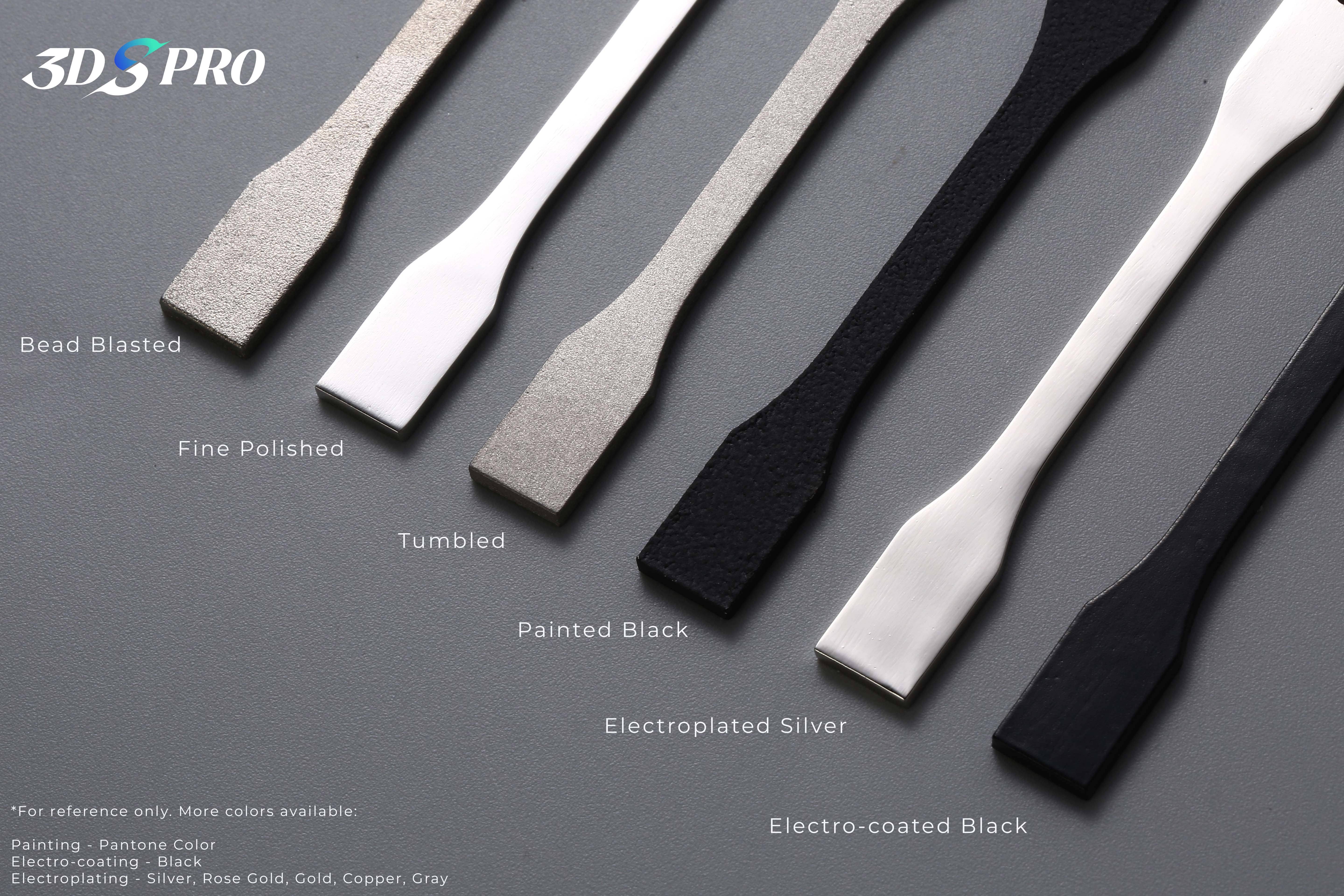
Our experts can provide manufacturability suggestions, quality assurance, and technical support. 3DSPRO can deliver your SLM parts in 7 business days, with worldwide shipping and tracking.
References:
[1] Cho, Chia-Hung, et al. "Welding Pool Measurement Using Thermal Array Sensor." Proceedings of SPIE, 2015, https://doi.org/10.1117/12.2187751.
[2] Direct Metal Laser Sintering. https://www.parkerlatifi.com/ShowPage/245/Direct-Metal-Laser-Sintering
[3] How Mature Are Metal 3D Printing Technologies? - AMFG. https://amfg.ai/2019/09/03/how-mature-are-metal-3d-printing-technologies/
[4] Direct Metal Laser Sintering. https://www.parkerlatifi.com/ShowPage/245/Direct-Metal-Laser-Sintering















